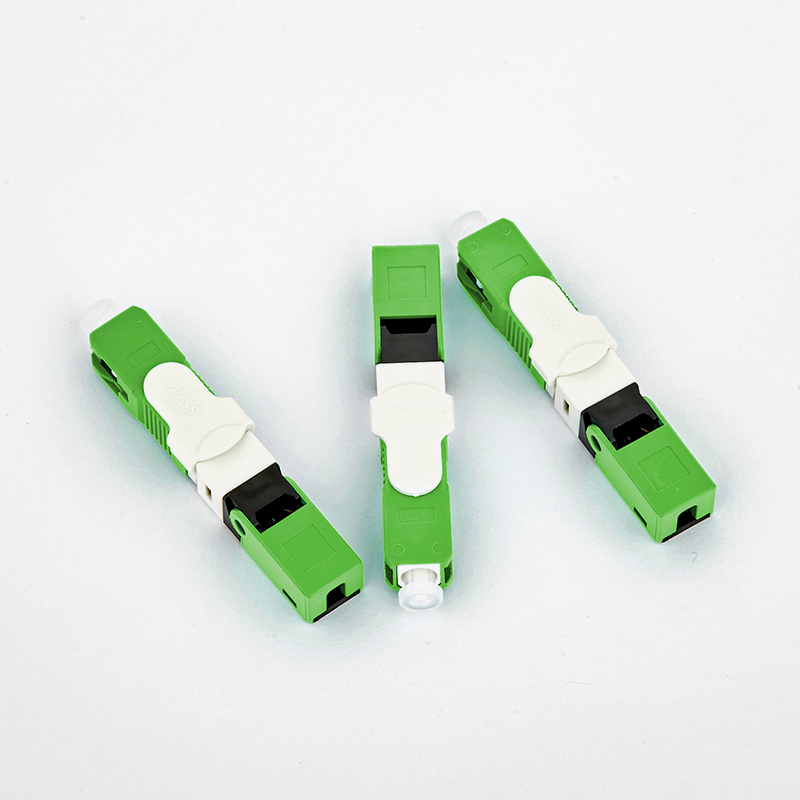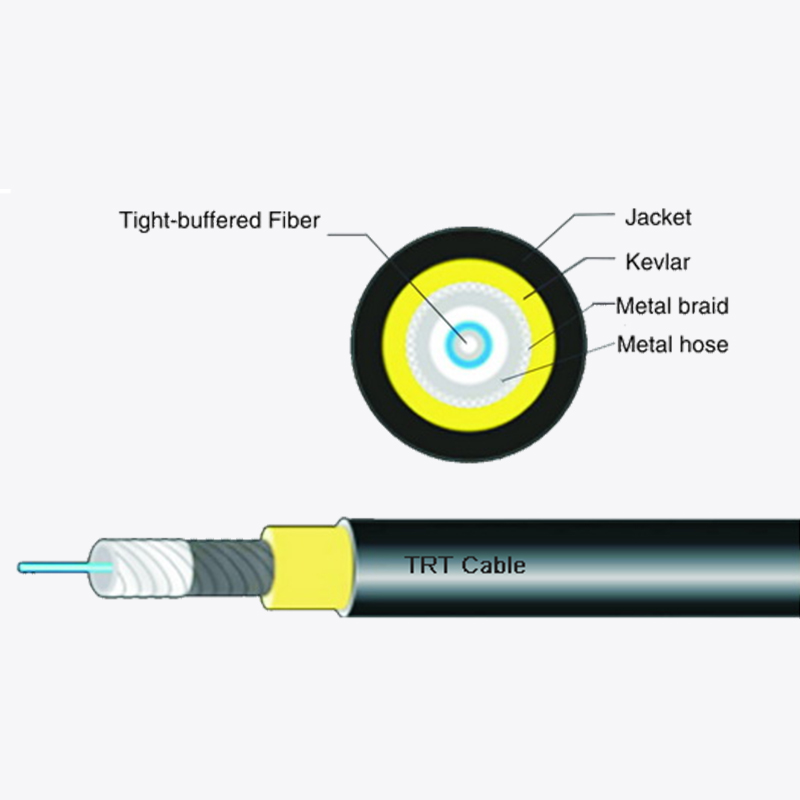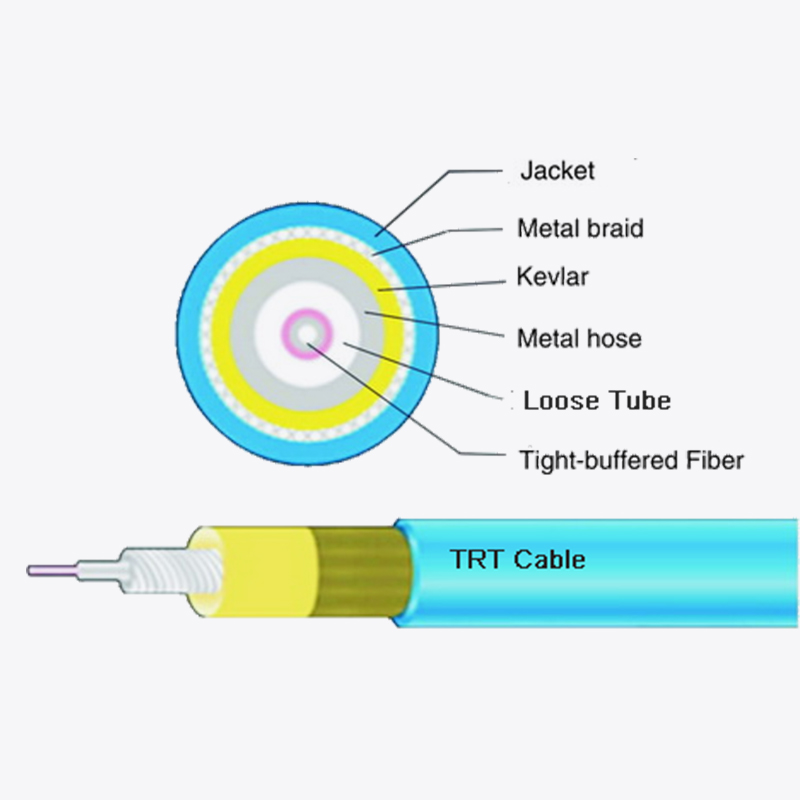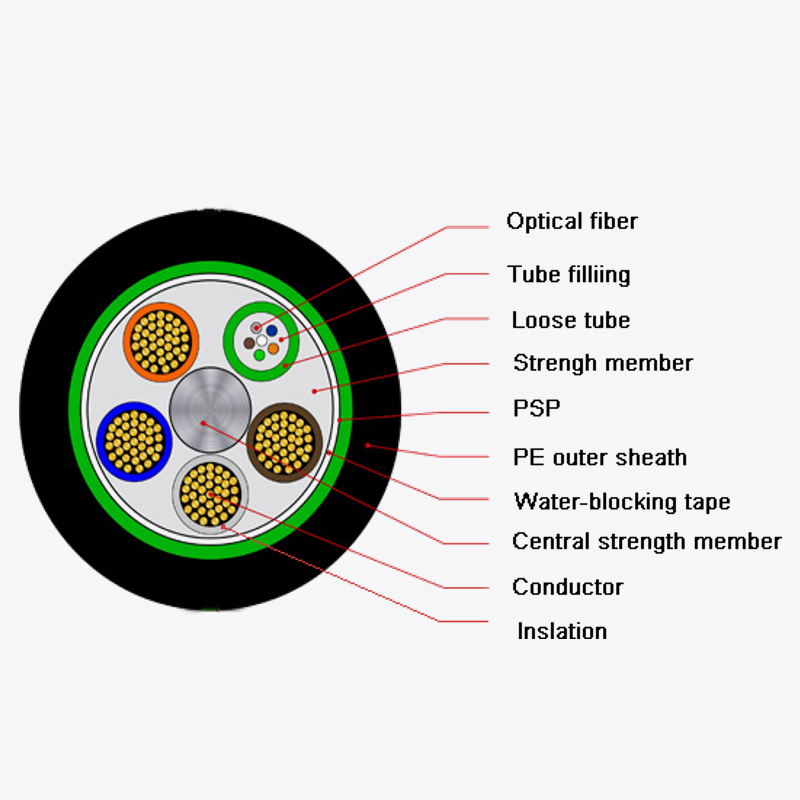Web Menu
Product Search
Exit Menu
How can fiber optic adapters ensure long-term stability through material anti-aging ability?

How can fiber optic adapters ensure long-term stability through material anti-aging ability?
As a key connection device in optical communication networks, the stability of the long-term performance of fiber optic adapters directly determines the reliability of the entire optical transmission system. In practical applications, adapters often need to face the test of complex environmental factors such as high temperature, high humidity, and vibration, and the aging, deformation or corrosion of materials may lead to a decrease in the accuracy of fiber docking, which in turn causes increased insertion loss, signal degradation, and even communication interruption. Therefore, the long-term performance of the adapter essentially depends on the anti-aging ability of its material system, and high-quality products often ensure stable optical docking performance in extreme environments through precise material selection and structural optimization.
The core function of the fiber optic adapter is to achieve precise docking of the fiber end face, and the long-term stability of this function is mainly affected by two factors: one is the physical deformation of the internal precision sleeve, and the other is the erosion of the structure by external environmental stress. Under high temperature conditions, ordinary plastic shells may soften or creep, resulting in a decrease in clamping force, causing the fiber ferrule to produce micro-displacement inside the adapter; under high humidity or salt spray conditions, metal parts may oxidize or electrochemically corrode, further affecting the concentricity of the sleeve. In addition, mechanical vibration or frequent plugging and unplugging may also accelerate material fatigue, causing the adapter to gradually lose its original mechanical precision. The combined effect of these factors ultimately manifests as a gradual deterioration in the quality of optical signal transmission, or even complete failure.
To meet these challenges, high-performance fiber optic adapters usually use zirconium oxide ceramics as the sleeve material. Zirconia ceramics not only have extremely high hardness and wear resistance, and can withstand the mechanical wear caused by long-term plugging and unplugging, but also have an extremely low thermal expansion coefficient, and almost no deformation occurs in a wide temperature range of -40°C to 85°C, thereby ensuring the stable docking of the fiber end face. At the same time, the excellent chemical inertness of ceramic materials enables them to resist erosion by moisture, salt spray, and even acid-base environments, avoiding performance degradation caused by material aging. In terms of external structure, high-quality adapters usually use metal shells or reinforced engineering plastics, and ensure the matching accuracy of the shell and the sleeve through precision machining, and add elastic buffer structures to the design to absorb the mechanical stress caused by vibration or impact, further extending the service life.
In addition to the performance of the material itself, the structural design of the adapter also plays a key role in its long-term stability. For example, some adapters use a floating alignment structure, which allows the sleeve to be adaptively adjusted within a certain range, thereby compensating for minor deviations caused by temperature changes or mechanical stress. In addition, the design of the dust cover and sealing ring can also effectively prevent external contaminants from entering the adapter, reducing the erosion of dust, moisture, etc. on the fiber end face. The optimization of these detailed designs enables the adapter to maintain stable optical performance during long-term use and avoid signal degradation caused by environmental factors.
In the context of the development of optical communication systems towards high speed and high density, the long-term reliability of optical fiber adapters is particularly important. Especially in harsh environments such as 5G fronthaul, data centers or marine communications, adapters may face continuous high temperature, high humidity or mechanical vibration. If the material's anti-aging ability is insufficient, it is very easy to become a weak link in the entire system. Therefore, choosing adapter products with excellent environmental tolerance is an important guarantee to ensure the long-term stable operation of optical networks.
 Address:Zhong'an Road, Puzhuang Town, Suzhou City, Jiangsu Prov., China
Address:Zhong'an Road, Puzhuang Town, Suzhou City, Jiangsu Prov., China Phone:+86-189 1350 1815
Phone:+86-189 1350 1815 Tel:+86-512-66392923
Tel:+86-512-66392923 Fax:+86-512-66383830
Fax:+86-512-66383830 Email:[email protected]
Email:[email protected] Wechat: xiaobin18913501815
Wechat: xiaobin18913501815 whatsapp: +86 18913501815
whatsapp: +86 18913501815
 0
0

 English
English русский
русский Español
Español Português
Português عربى
عربى



